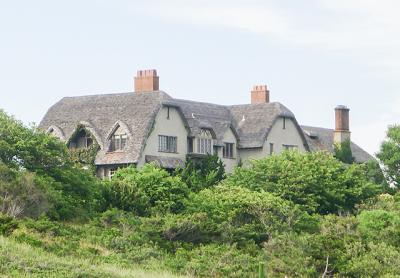Veteran Bartender in Need
Veteran Bartender in Need

A benefit will be held on Monday at the Stephen Talkhouse in Amagansett for James Pellow, a longtime bartender there and an East Hampton native. Mr. Pellow has been out of work all summer and faces an uncertain medical future after being diagnosed with heart failure and a blood clot in his heart.
The event will begin at 7 p.m. and include live music, a 50-50 raffle, and an auction. Items include gift certificates for yoga classes, private workout sessions, and restaurants, a half-day fishing trip, bicycles, and artwork. There will be a suggested donation of $20 at the door.
Mr. Pellow spent more than a week in the hospital earlier in the summer, but is now at home in East Hampton. His activities are limited, he said this week, because of the condition of his heart, but that cannot be addressed until the blood clot is dissolved, for which he is taking medication. He has had a stent put in and must wear a portable defibrillator.
Mr. Pellow and his wife, Katrin Pellow, live for part of the year in Spain; he relies on his summer job at the Talkhouse for his income. He is not covered by health insurance in the United States and faces steep medical bills, including one of more than $100,000 for his initial hospital stay alone.
Donations for Mr. Pellow will also be accepted at a 30th “birthday” party for the Talkhouse on Aug. 14.







![There is “one property unique to [oak wilt] disease, the tendency to drop leaves in the middle of the summer,” Margery Daughtrey, a plant pathologist at Cornell University’s research and extension service in Riverhead, said this week. There is “one property unique to [oak wilt] disease, the tendency to drop leaves in the middle of the summer,” Margery Daughtrey, a plant pathologist at Cornell University’s research and extension service in Riverhead, said this week.](/sites/default/files/2019-04/IMG_6364.jpeg)
